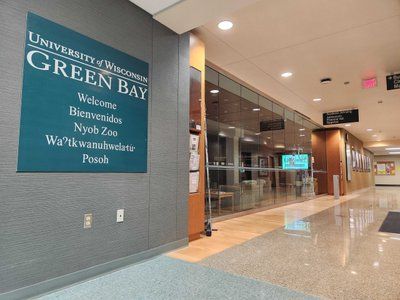By Tom Still
MADISON – It was no surprise that President Obama lifted the Bush-era restrictions on human embryonic stem cell research. He repeatedly promised to do so during last fall’s campaign. It is surprising that stem-cell research opponents are still struggling to find an argument that resonates with most Americans.
The success of the pro-life movement in the United States has always rested on its ability to frame political messages in compelling yet simple terms. Whether that message is life over death, adoption over abortion, or the rights of the unborn over the rights of the state, the pro-life movement has kept its adversaries on the defensive for more than 30 years with rhetoric measured in sentences – or bumper stickers.
That has not been the case with human embryonic stem cell research, and the evidence is contained in one public-opinion poll after another, one election result after another. Most Americans want human embryonic stem cell research to continue, and the more they learn about the science, the more solid their convictions.
Opponents of human embryonic stem cell research made a crucial mistake after University of Wisconsin scientist James Thomson revealed in late 1998 that cells can be kept alive perpetually in a research-friendly state. They tried to persuade Americans that the initial source of those stem cells – unused embryos from fertility clinics – was a moral imperative of greater importance than the possibility of diagnosing and treating chronic diseases.
Americans may not be the most scientifically literate people in the world, but they are historically among the most hopeful. They believe in science and its ability to do good things for most people. They believe in innovation. That attitude is virtually imbedded in our national DNA. The same people whose ancestors left distant shores to escape rigidity in church, state or commerce are not easily convinced to turn their backs on technology that could redefine the practice of medicine.
Most Americans want to set strong ethical guidelines for stem-cell research (no human cloning, for example) and to follow research paths carefully regulated by citizens as well as scientists. But they have shown themselves unwilling to surrender a chance to treat killer diseases or to make a whole new generation of drugs – all in the name of “saving” in-vitro embryos that would have been destroyed at the clinics had they not been donated to research by parents who had undergone successful fertility treatments.
Responding to Obama’s executive order, which aims to advance federal support for research in Wisconsin and other stem-cell centers, opponents again equated embryonic stem-cell research with abortion. That argument has not worked so far, and it is unlikely to work now.
Opponents of an increased federal role (by the way, even under the Bush rules, the federal government sponsored about $25 million in research per year) would do better to argue that science has bypassed the need to strip stem cells from embryos. A reverse-engineering process pioneered by Wisconsin’s Thomson and Japan’s Shinya Yamanaka has derived embryonic stem cells from skin cells.
It may be years, however, before researchers know if the reverse-engineered cells work the same as “traditional” stem cells, and the resulting need for side-by-side research will be greater than ever as the science sorts itself out.
The bumper sticker isn’t sticking. Stem-cell research opponents who sought to reduce this debate to a simple moral equation have failed, but not because their values were dismissed as unimportant. Rather, most Americans have weighed those values against competing values – chiefly, the potential to improve the human condition – and come down on the side of science as well as hope.
Still is president of the Wisconsin Technology Council. He is the former associate editor of the Wisconsin State Journal.





